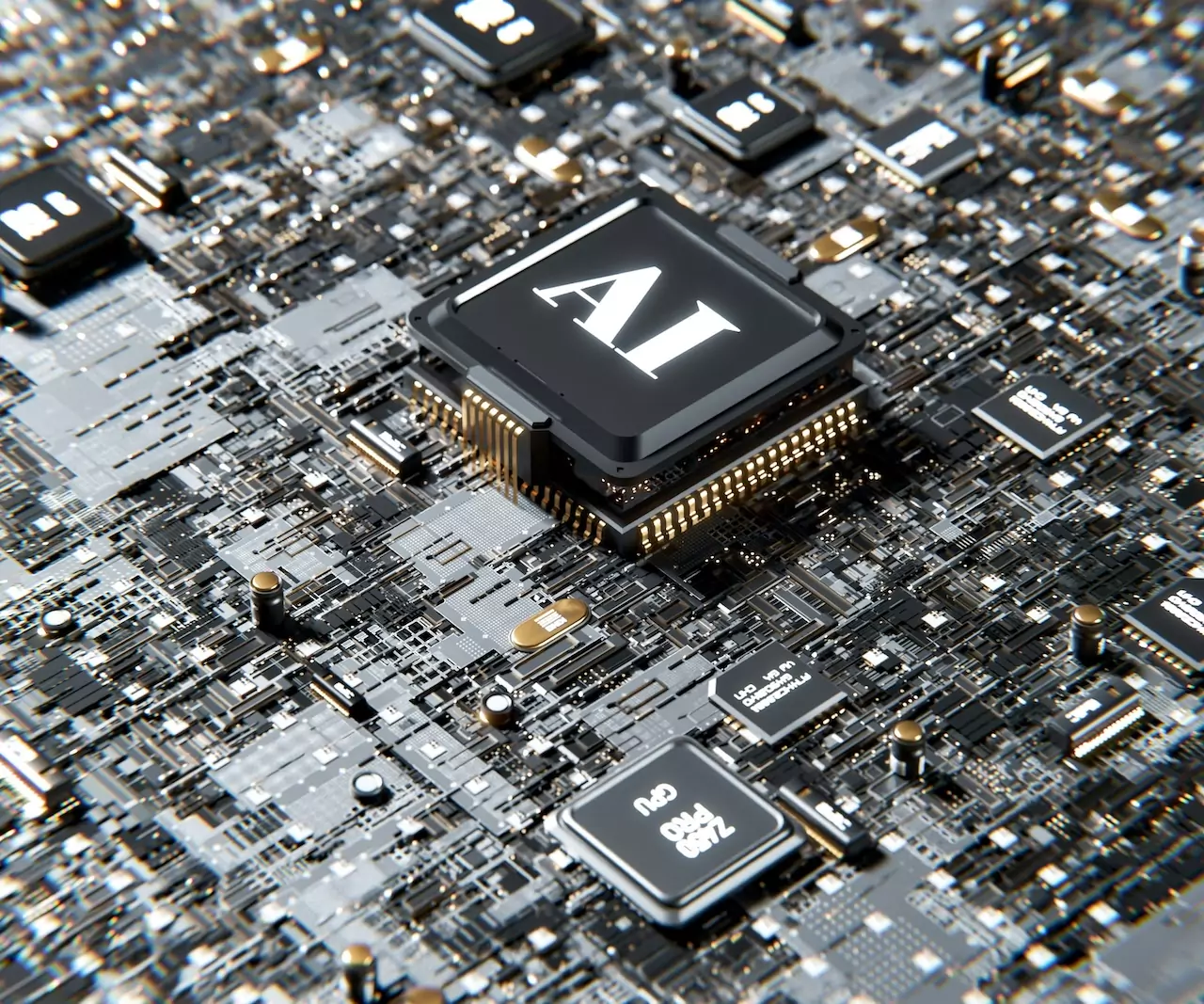Table of contents
In this article written by Cristina Bellomunno and Clizia Grimaldi, lawyers at WST Law & Tax Firm, we talk about the European project dedicated to artificial intelligence, which in our country is the IT4LIA AI Factory initiative.
As stated in an update published on 12 December 2024 on the website of the Ministry of Universities and Research, the IT4LIA AI Factory project was chosen by the European Commission to create a network of ‘AI Factories’ in Europe.
This is a project for which a total investment of EUR 430 million is planned, co-financed by the Italian government and the European Commission, which aims to support start-ups and SMEs. Several institutions are involved in the project, such as the National Cybersecurity Agency (ACN), the Ministry of University and Research, the Emilia Romagna Region, the Cineca Consortium, and the National Institute of Nuclear Physics (INFN).
The project consists in the construction of a 250 billion operations per second supercomputer, one of the most powerful in the world, designed, as far as possible, to enable a balance between energy savings and performance that will support artificial intelligence in sectors such as agrifood, cybersecurity and environmental monitoring.
The new supercomputer will find a home at the Tecnopolo in Bologna, a space that covers more than 120,000 square metres designed in the 1950s by architect Pier Luigi Nervi. The Tecnopolo already houses the Leonardo supercomputer that serves the data centre of the European Weather Centre (ECMWF) and numerous activities in the field of research and development, areas for incubators, research centres, the headquarters of the Italian Weather Agency, and the headquarters of other national scientific bodies and organisations.
The Technopole has become one of the leading technology centres in Europe and the world and supports research in numerous fields including biology, health and climate change research, thus strengthening Italy’s role in innovation and research.
Emilia-Romagna and lA, the centre of European innovation
Thanks to the expansion of the Bologna Technopole, which is fundamental for the development of artificial intelligence, supercomputing and big data, Emilia-Romagna is now at the centre of the digital revolution in Europe.
The region had already been recognised by the European Commission, together with 15 other Italian regions, as a ‘Regional Innovation Valley’ for its commitment to innovation and, of course, its technological infrastructures, such as IT4LIA AI Factory and Leonardo, strengthen its position as a European innovation hub, fostering the interconnection between universities, institutions and businesses.
Legislation
It is evident that the IT4LIA AI Factory project will facilitate the connection between the various actors of the system and foster mutual collaboration within a dynamic and innovative environment.
It is worth mentioning that companies using AI systems, including of course start-ups which, if they meet the requirements, can benefit from a number of incentives (on the package of measures to support European start-ups and SMEs in the development of reliable artificial intelligence, see here), have to comply with current regulations such as the AI ACT and NIS 2.
In particular, the EU Artificial Intelligence Regulation 2024 ‘AI ACT’, which came into force on 1 August 2024, sets more or less stringent requirements for the use and development of artificial intelligence solutions. The AI Act provides for four levels of risk: minimal, limited, high and unacceptable. The higher the risk, the greater the responsibilities and limits for those who develop or use these systems, right down to the ‘unacceptable’ models, which are too risky to be authorised (such as technologies to manipulate people’s behaviour, biometric surveillance, the massive and unlimited collection of photos of faces from the internet, the use of sensitive data to calculate the likelihood of a person committing a crime). It should also be considered that from February 2025, the blocking of these banned systems will be triggered, and that other important deadlines are foreseen during 2025 and in the following years until 2027. Failure to comply with this legislation could result in the application of the heavy penalty system envisaged, which entails fines of up to EUR 35 million or 7% of total turnover in the case of prohibited uses.
Translated with www.DeepL.com/Translator (free version)
Another important cybersecurity regulation that must be complied with is EU Directive 2022/2555, the so-called NIS 2, which came into force in our country with Legislative Decree No. 138 of 4 September 2024 imposing advanced cybersecurity measures on companies. The Directive introduces new cybersecurity obligations for organisations. Among the main innovations are the mandatory accountability and training of management, the strict management of security incidents, and the extension of responsibilities also to the supply chain. In this context, it will be necessary for companies to develop an appropriate programme to address legal, organisational and technological compliance aspects in an integrated manner.
Ultimately, therefore, all start-ups, and companies in general, that approach the world of AI and that intend to take advantage of the IT4LIA AI Factory project as part of their business, should seek the support of legal compliance experts in order to comply with current regulations and thus be more competitive. (photo by Igor Omilaev on Unsplash)
ALL RIGHTS RESERVED ©
